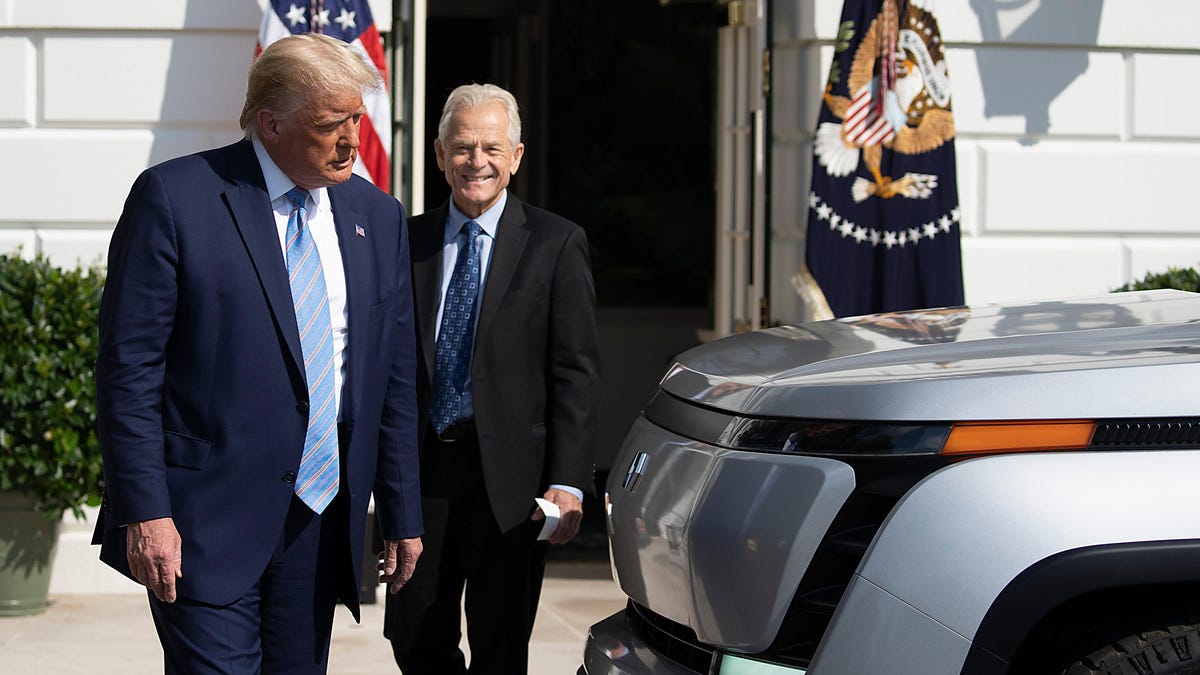Former President of the United States and current presidential candidate Donald J. Trump made an interesting promise on Twitter earlier this week: Lowering car insurance rates. That would be a major boon for American drivers, putting tons of money back in our collective pockets if not for one little issue. He can’t do it.
In a tweet on September 17, Trump claimed that automobile insurance rates had increased by 73 percent, and said that he would “cut that number in half” if elected. What the tweet left out was exactly how a sitting President — a theoretical small-government conservative at that — would actually lower costs from private companies.
Trump’s claim of a 73-percent increase in insurance rates is accurate when comparing average prices from June of 2024 to May of 2020, but his claim that he can do anything about it is more specious. The federal government has economic levers it can pull, but they’re usually broad — even adjusting interest rates is an indirect process, let alone rates charged by private corporations’ assessments of risk in their clients. That’s a sphere in which the federal government simply doesn’t have influence.
Insurance industry analysts are similarly unconvinced that Trump’s plan is possible. Insurance Journal spoke with former Insurance Information Institute president Robert Hartwig, who said:
Moving back to Trump’s claim that he can affect auto insurance rates, Hartwig said, “that’s a lie.”
“Someone should explain to Trump that insurance—and insurance rates—are regulated by the states, not the federal government,” Hartwig said. “If Trump on Day 1 could wave his hands and reduce auto insurance rates by 50%, auto insurance would instantly cease to be sold by any auto insurer in the United States. The reason, of course, is that if insurers were compelled to sell auto insurance at 50% of the current price this would lead to enormous losses and the eventual insolvency of the insurer—hence they wouldn’t sell any at all.”
Insurance is a private industry — a regulated one, sure, but not one where prices can be decided by fiat. Editor-in-chief at the International Center for Law & Economics, Ray Lehmann, said as much to Insurance News Net, though with a slightly more optimistic view towards Trump’s comments than Hartwig:
There are some things the federal government could do, Lehmann said. “You could invest in the National Highway Traffic Safety Administration to do a much more aggressive distracted driving campaign. Inflation is an issue of monetary policy, which is the Fed. And the administration has some influence over the Fed. So, bringing down overall inflation would bring down the acceleration of claims increases. We probably have already brought down inflation, but it’s possible that it could be brought down further in the future.”
“So, those are all things that the president could do, or Congress and the president working together could do. But I don’t think it’s reasonable to say you could promise any specific price reduction.
Some of the federal government’s economic controls can, in some small way, influence the cost of auto insurance. They will not, however, drastically cut rates, especially by any specific percentage. The goal of saving consumers money might be one that plays well on the campaign trail, but it’s the rare kind of political promise that’s entirely impossible to keep.
Jalopnik reached out to the Trump campaign for details on the former President’s plans, but we have not yet heard back. If the campaign responds, we’ll update this piece.


